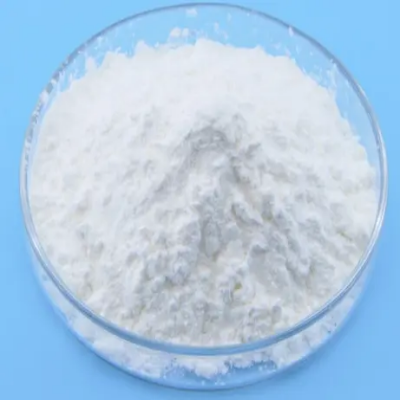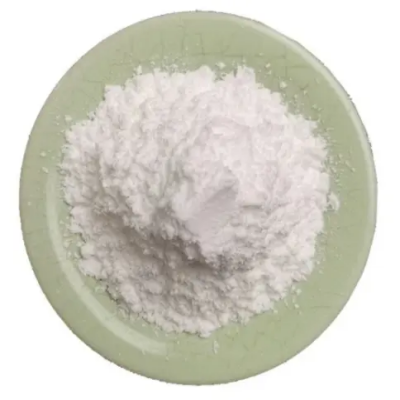3-Morpholino-1-(4-(2-oxopiperidin-1-yl)phenyl)-5,6-dihydropyridin-2(1H)-one CAS:545445-44-1
The molecular structure of 3-Morpholino-1-(4-(2-oxopiperidin-1-yl)phenyl)-5,6-dihydropyridin-2(1H)-one features a dihydropyridinone core fused with a phenyl group substituted with a 2-oxopiperidin-1-yl moiety and a morpholino ring. This structural arrangement confers unique physicochemical properties, including solubility and reactivity, essential for its pharmaceutical applications. The presence of the morpholino ring enhances the compound's bioavailability and interaction with biological targets, crucial for its therapeutic efficacy. Synthesis and Applications The synthesis of 3-Morpholino-1-(4-(2-oxopiperidin-1-yl)phenyl)-5,6-dihydropyridin-2(1H)-one involves intricate multi-step procedures, typically starting from commercially available starting materials. Synthetic routes may include condensation reactions between appropriate precursors followed by cyclization and functional group transformations. The synthesized compound finds extensive applications in medicinal chemistry, where its structural motifs are exploited for the design and development of novel therapeutic agents targeting various diseases. Pharmaceutical Relevance In medicinal chemistry, derivatives of 3-Morpholino-1-(4-(2-oxopiperidin-1-yl)phenyl)-5,6-dihydropyridin-2(1H)-one exhibit promising pharmacological activities, including antiviral, anticancer, and antihypertensive properties. The compound's molecular architecture facilitates interaction with specific biological targets, making it a valuable scaffold for the synthesis of drug candidates. Researchers explore its structural diversity to optimize pharmacokinetic profiles and enhance therapeutic efficacy, addressing unmet medical needs and advancing drug discovery efforts. Therapeutic Potential The diverse pharmacological profile of 3-Morpholino-1-(4-(2-oxopiperidin-1-yl)phenyl)-5,6-dihydropyridin-2(1H)-one derivatives positions them as promising candidates for the treatment of various diseases, including cardiovascular disorders, cancer, and neurological conditions. The compound's ability to modulate specific molecular pathways and biological processes underscores its therapeutic potential, driving ongoing research efforts to elucidate its mechanisms of action and optimize clinical outcomes. Conclusion In conclusion, 3-Morpholino-1-(4-(2-oxopiperidin-1-yl)phenyl)-5,6-dihydropyridin-2(1H)-one emerges as a versatile compound with significant implications in medicinal chemistry and drug discovery. Its intricate molecular structure and diverse pharmacological activities make it a valuable tool for researchers seeking to develop innovative therapies for a wide range of medical conditions. As scientific investigations into its biological properties and synthetic methodologies progress, further insights are expected to accelerate its translation into clinical applications, ultimately benefiting patients worldwide.



| Composition | C20H25N3O3 |
| Assay | 99% |
| Appearance | white powder |
| CAS No. | 545445-44-1 |
| Packing | Small and bulk |
| Shelf Life | 2 years |
| Storage | Store in cool and dry area |
| Certification | ISO. |









